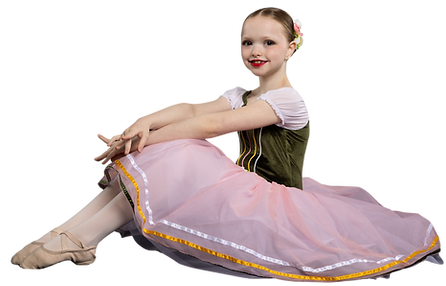Tendu 101
- Principal
- Mar 21, 2022
- 2 min read
How to say & pronounce tendu: tahn-doo
Translation: stretch
One of the first things a dancer learns in their first ballet class is a small and deceptively simple movement of the leg called a tendu.

What is a tendu?
Tendu is the action of stretching your leg and foot out from one position to another, while keeping it on the floor. Most call it a “tendu…,” the complete term is battement tendu.
Tendu 101:
A tendu can be done from almost any position, typically first or fifth. It looks like one leg is stretched away from the body, but the point of the toes are still on the floor as the dancer’s foot arches/stretches. A tendu should be a fluid movement that travels through checkpoints without stopping.
Start in first or fifth position.
Keeping both legs straight, muscles pulled up, pressing one foot into the floor and out, away from the other leg.
Stretch your leg out until your heel begins to lift while you push into the floor with the ball of your foot, then stretch your foot into a full point. Remember to leave the tip of your toes in contact with the floor. Press through the toes until they are fully stretched, creating a fully pointed foot.
Once you’ve reached the full extension of your leg, reverse the process and bring your leg and foot back to the original position
Tendu Tips:
Yes, tendu seems pretty straightforward—the leg goes out, the leg comes in but there is a lot happening beneath the surface. When doing a tendu, keep these things in mind.
Turnout in the legs must be maintained. Be careful not to twist or dip the hips in an effort to rotate the working leg.
Don’t forget about the other leg.
You want a feeling of space in the knee joint. Keeping both legs from bending or hyper-extending is also easier said than done. Try making your knees “smile.”
Try to keep your hip from starting the movement. It shouldn’t sink or raise, just remain still.
Try not to confuse “being still” in your hips with tensing the muscles around them. The more you relax the hip, the more freely your leg can move.
It’s important to work through your foot. The arch of the foot should always be pointed before the toes are added.
Avoid leaning to the side. Grow taller through your spine as you subtly move your weight to the standing leg.
Engage your core.
As you stretch your leg and foot in a tendu. Remember to keep your toes connected to the floor. The moment you lift them off after a full stretch, it’s no longer a tendu.





